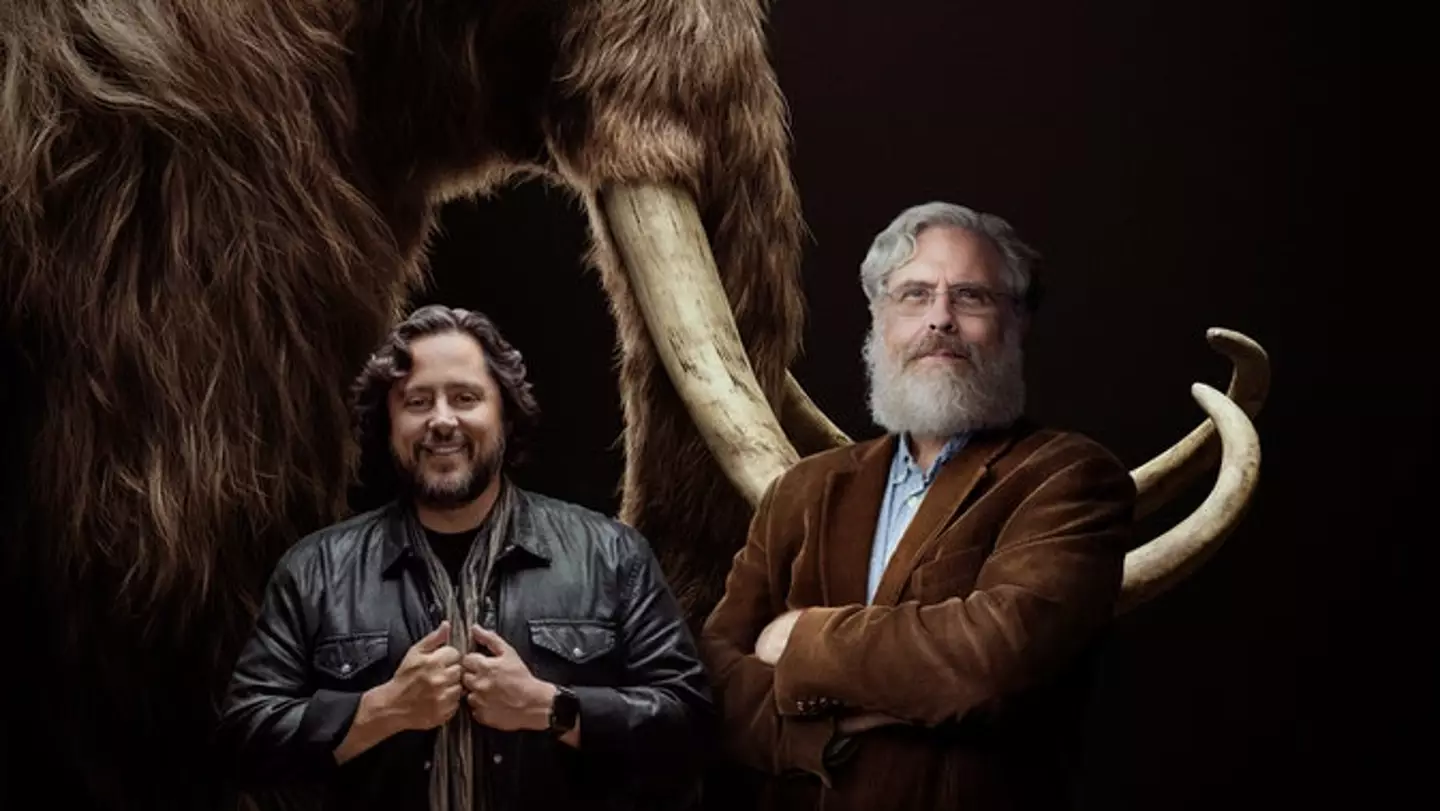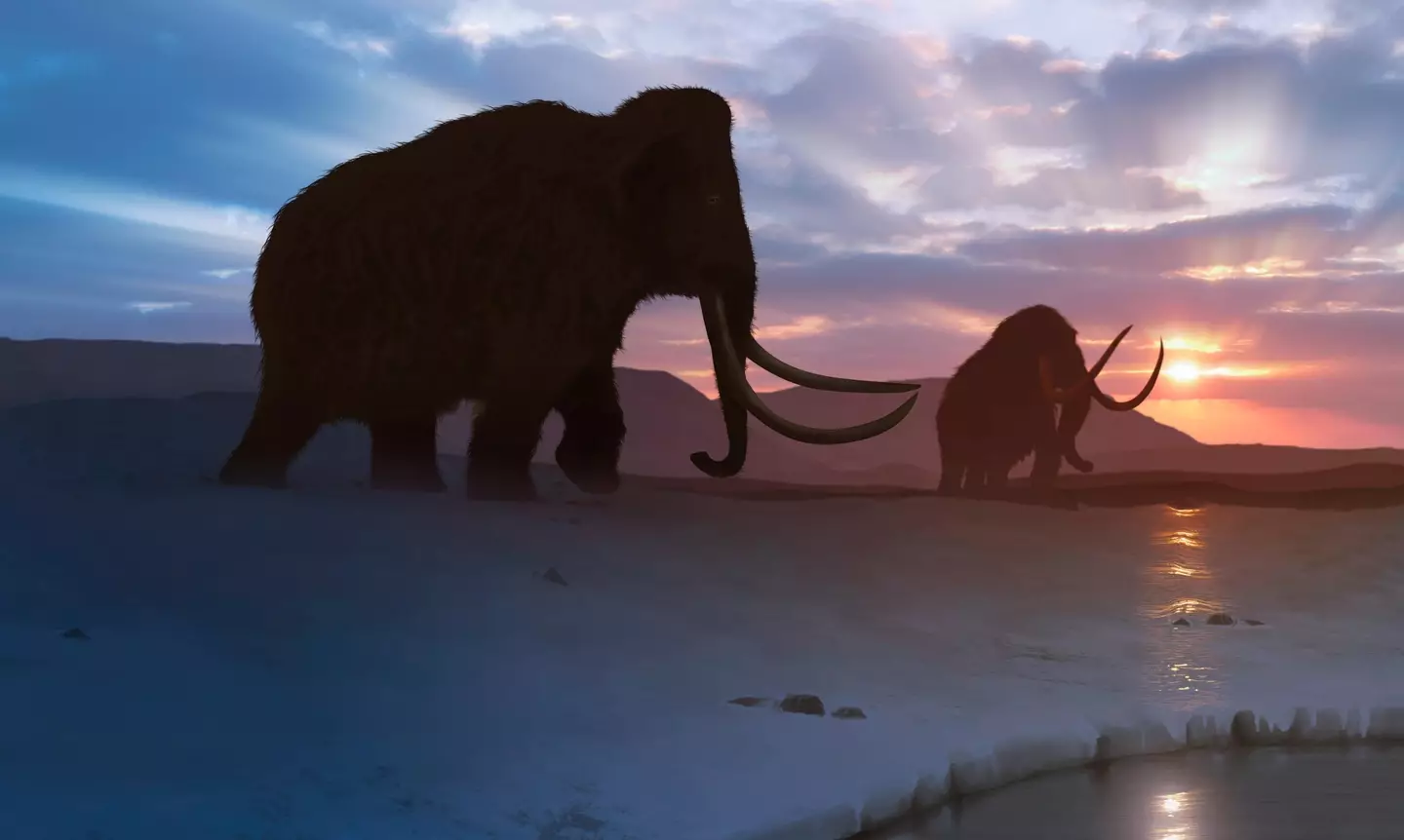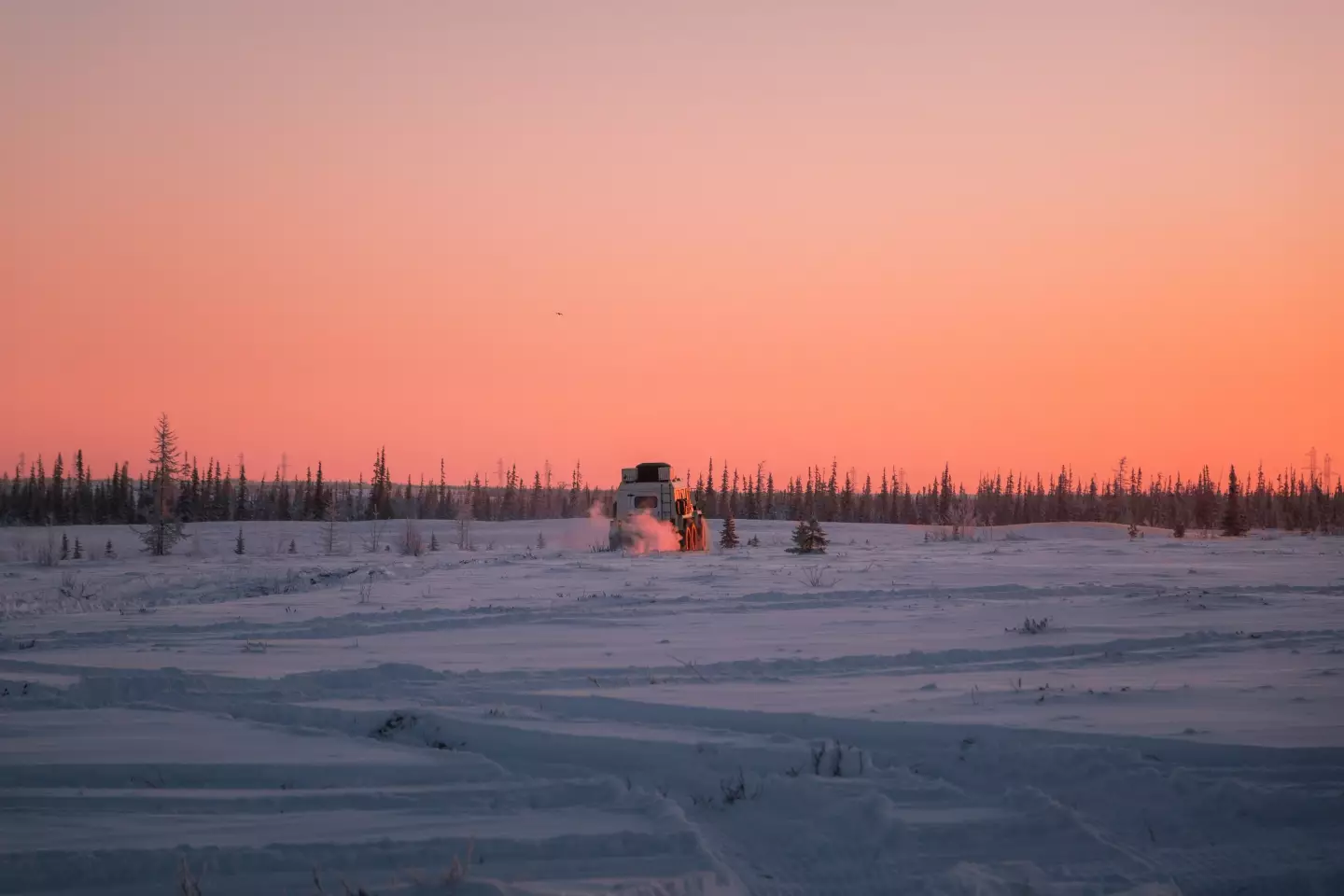
Over 10,000 years ago, the majority of woolly mammoths strode across the earth's arctic tundra for the last time.
The creatures we know well from popular film Ice Age then died out, having been a key part of those millennia-old ecosystems.
Now scientists are forced to dig them out of the permafrost (frozen earth) to discover their remains and perform research on what they find.
But maybe not for much longer.

Colossal is a new gene-editing company with a mission to re-introduce the mammoth to the wild using never-before-seen technology.
Its motive? To fight climate change by re-vitalising the arctic grasslands.
The company's founder Ben Lamm claims the company only needs starting capital of $15 million (£11 million) to make the project a reality, according to Inverse.
The big question is: how long?
Ben claims the first baby mammoths of his herd could be roaming the arctic tundra as early as 2027. That's only five years away.

However, some scientists are doubtful.
Evolutionary biologist Tori Herridge declined an invitation to join Colossal's advisory board and warned of potential ethical barrier breaches.
She said: "If [this technology] genuinely does what they hope it's going to do, that will fundamentally alter the way that we as humans interact with the natural world."
Colossal's project is not, in fact, the first attempt to achieve this Jurassic Park-inspired goal.
Its use of a special gene-editing tool to replace genes in an animal's DNA is novel, but other scientists have already cloned a recently extinct Pyrenean ibex to accomplish 'de-extinction' years ago.

But biologist Tori warns the project is not all that it may at first seem.
“It isn't de-extinction at all — you're never going to bring back an extinct creature,” she said. “It is not the de-extinction of the mammoth; it is the genetic modification of an elephant you are creating an entirely new synthetic organism.”
Colossal has isolated 60 genes the mammoth used to adapt to cold environments - including the iconic shaggy coat - to insert into the genetic code of an Asian elephant.
A lot could still go wrong, including the disruption of ecosystems.
Re-introducing an existing species to an environment is tricky enough and has often led to man-made disasters.
Extinct species? Well, we've all seen enough of Jurassic Park to know what happens there.
Featured Image Credit: Colossal